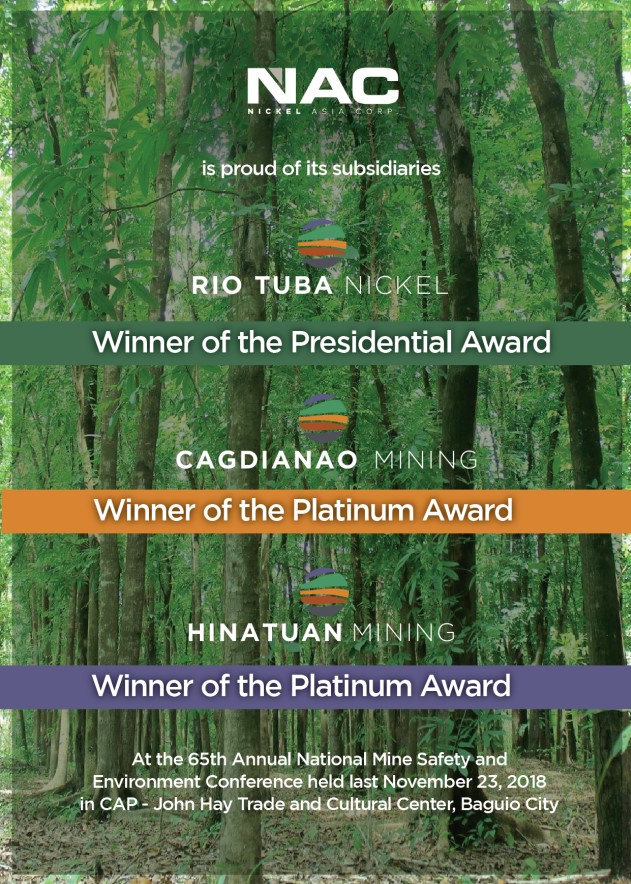Harvest Time
High yielding tugui and ubi cultivars

By Dr. Sosimo Ma. Pablico
AFTER MORE THAN six years of collecting and evaluating cultivars used by farmers in the Ilocos Region, a researcher of the Mariano Marcos State University (MMSU) in Batac, Ilocos Norte has finally identified several high yielding lines of tugui and ubi that could be multiplied for farmers’ use.
As early as 2003, Mrs. Noralyn B. Legazpi of MMSU has been collecting and evaluating tugui and ubi cultivars planted by farmers. To date, she has already collected and evaluated 18 tugui and 34 ubi cultivars. Her ultimate objective is to establish a germplasm collection of these two root crops, which Ilocano farmers normally plant in a small scale in marginal lands, and select the best among them.
More than half of the total area planted to tugui in the country is in the Ilocos Region. Traditionally, tugui is used as food in the Ilocos. The tubers are either boiled or cooked as main ingredient of ginataan. However, not much tugui is produced due to the very low yield (2.6 – 3.3 tons a hectare) of existing cultivars, which is probably aggravated by the cultural management practices of the farmers.
Ubi, on the other hand, is a more popular crop nationwide than tugui. Because of the demand for ubi by ice cream manufacturers, as well as processors of ubi powder, preserves, candies and pastilles, ubi has a better market potential than tugui. In fact, PCARRD [Philippine Council for Agriculture, Forestry and Resources Research] has reported the successful processing of ubi into pasta. Noralyn, therefore, intends to select high yielding cultivars suited in the Ilocos Region and ultimately promote the production of ubi in a wider scale.
Six years of collection and evaluation have resulted in the identification of 4 tugui cultivars with yields above 4.5 t/ha, 5 ubi cultivars with yields of at least 10 t/ha, and 3 ubi lines with yields of 5 – 7.65 t/ha.
In her most recent evaluation trial, Noralyn compared six of the most promising tugui lines with PSB VT3, a tugui variety released by the Philippine Seed Board (now the National Seed Industry Council) for commercial propagation. She also evaluated nine promising ubi lines, but did not compare it with any PSB or NSIC-released ubi variety.
Statistically, the yields of the tugui cultivars ranged from 3.12 to 5.54 t/ha, which were not significantly different from that of PSB VT3 (7.46 t/ha). However, numerical yield differences matter much to farmers, as the yield difference would mean additional income for them.
Tugui Accession No. 6, a collection from Dumalneg, an interior upland town in northern Ilocos Norte, had the highest yield among the promising lines – 5.54 t/ha. This was 1.92 tons lower than the yield of PSB VT3 (7.46 t/ha) but was already comparable.
The other promising lines and their potential yields were: Accession No. 9, 4.81 t/ha; Accession No. 3, 4.71 t/ha; and Accession No. 7, 4.59 t/ha. These were collected in Pagudpud, Batac, and Adams, respectively.
The tubers of the promising tugui lines (51.23 – 54.61 grams) are much smaller than those of PSB VT3 (112.32 grams). Farmers claim, however, that there is a higher demand in the Ilocos for smaller tubers since these are primarily prepared as boiled food.
On the other hand, five ubi lines had the highest yields – Accession No. 14 (12.59 t/ha), Accession No. 6 (12.33 t/ha), Accession No. 2 (11.52 t/ha), Accession No. 4 (11.17 t/ha), and Accession No. 7 (9.93 t/ha). These were collected in Adams, Bangui, Baguio, Batac, and Batac, respectively.
The flesh of Accession No. 14 (locally called ramramay) is generally white with a purple rim, while Accession No. 6 is totally white. In contrast, Accession No. 2 has light purple flesh with darker purple spots, and Accession No. 4 is totally purple. Called kimmarot by Batac farmers, Accession No. 7 is also totally white.
The other high yielding ubi lines are: Accession No. 1 (7.65 t/ha), Accession No. 18 (6.3 t/ha), and Accession No. 11 (5.17 t/ha). These were collected in Batac, Adams, and Adams, respectively.
Ubi Accession No. 1 has totally white flesh, while Accession No. 11 (locally called kinano-long) has white flesh with a shade of purple. On the other hand, Accession No. 18 has totally purple flesh.
(Readers may reach columnist at spablico@yahoo.com. For past columns, click http://sundaypunch.prepys.com/archives/category/opinion/harvest-time/ For reactions to this column, click “Send MESSAGES, OPINIONS, COMMENTS” on default page.)






